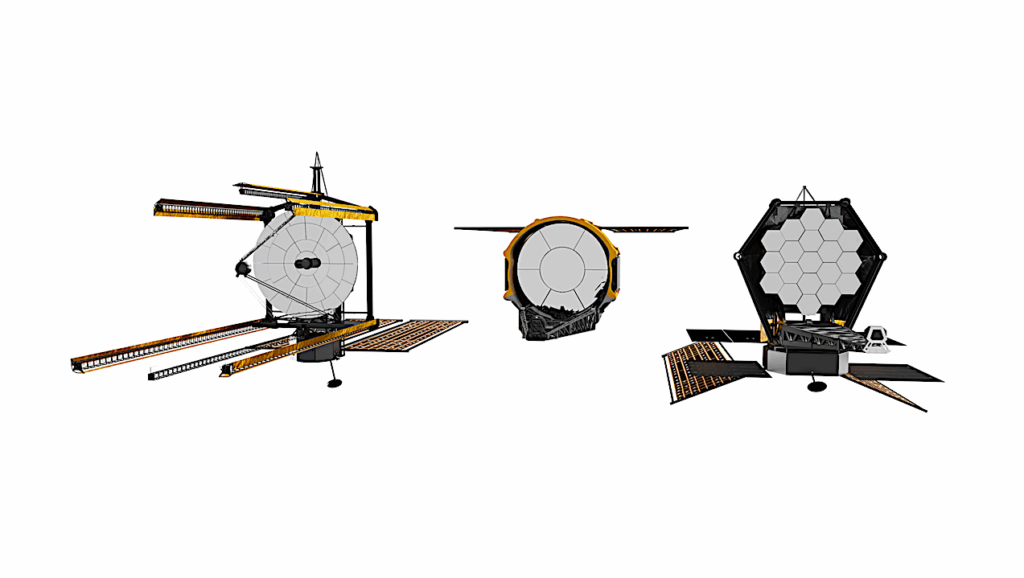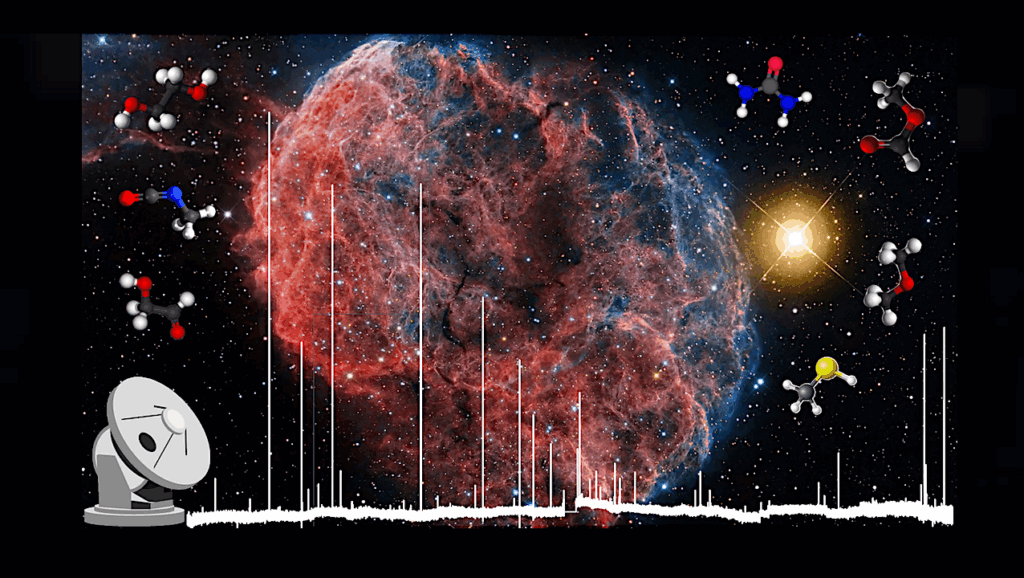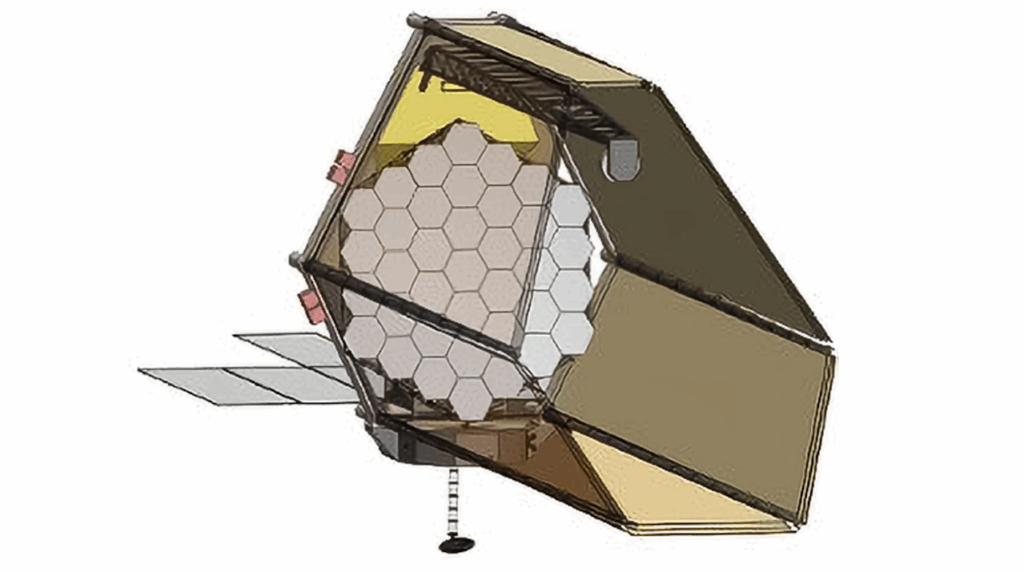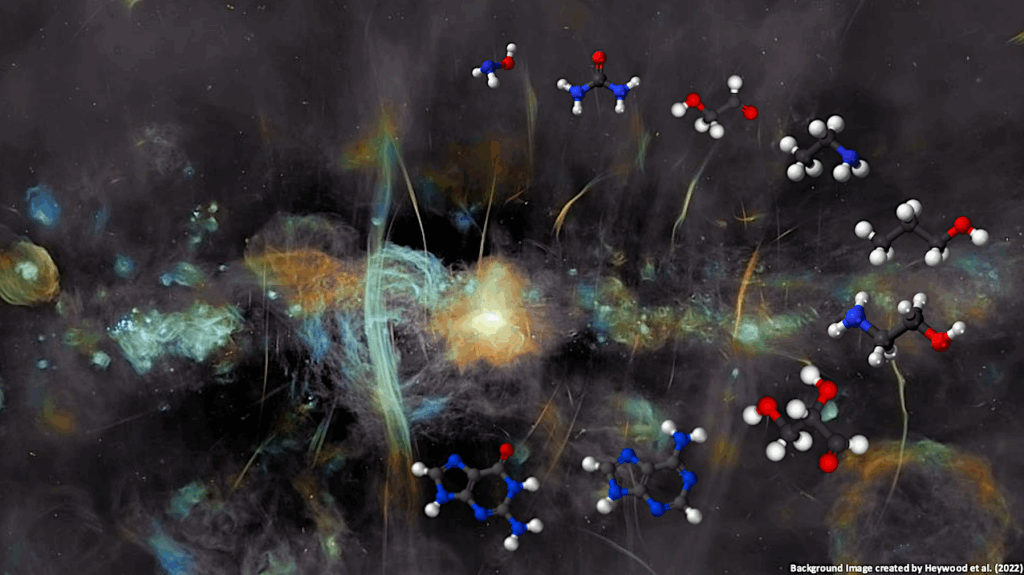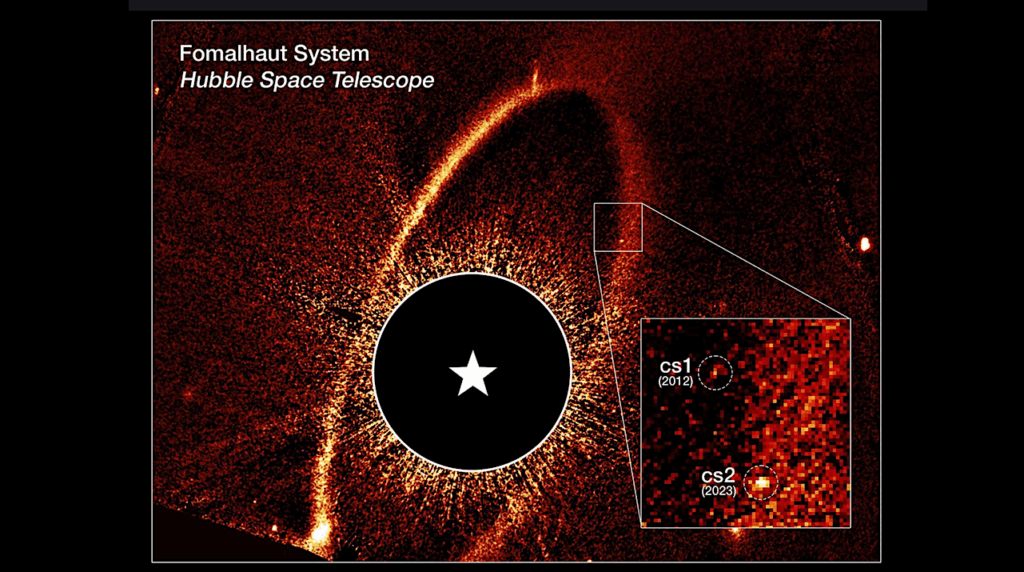Exocomet Models in Transit: Light Curve Morphology in the Optical — Near Infrared Wavelength Range
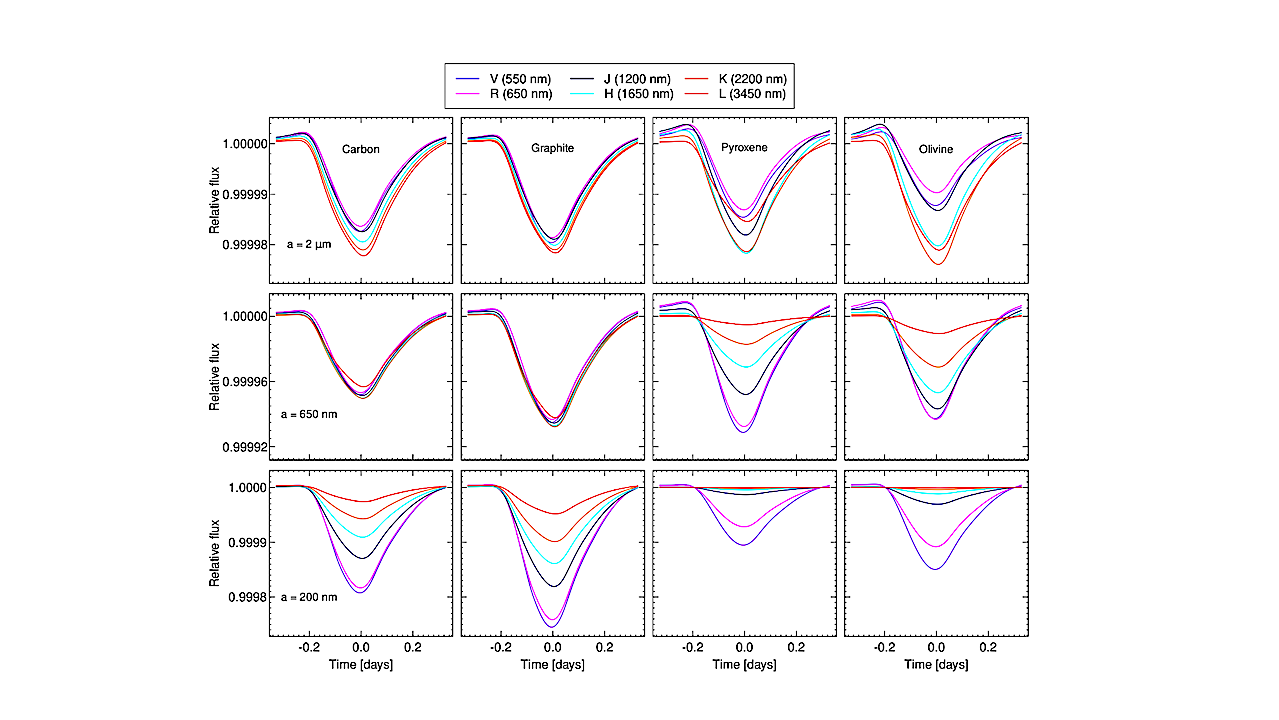
Following the widespread practice of exoplanetary transit simulations, various presumed components of an extrasolar system can be examined in numerically simulated transits, including exomoons, rings around planets, and the deformation of exoplanets.
Template signals can then be used to efficiently search for light curve features that mark specific phenomena in the data, and they also provide a basis for feasibility studies of instruments and search programs.
In this paper, we present a method for exocomet transit light curve calculations using arbitrary dust distributions in transit. The calculations, spanning four distinct materials (carbon, graphite, pyroxene, and olivine), dust grain sizes (100\,nm — 300\,nm, 300\,nm — 1000\,nm, and 1000\,nm — 3000\,nm) encompass light curves in VRJHKL bands. We also investigated the behavior of scattering colors.
We show that multicolor photometric observations are highly effective tools in the detection and characterization of exocomet transits. They provide information on the dust distribution of the comet (encoded in the light curve shape), while the color information itself can reveal the particle size change and material composition of the transiting material, in relation to the surrounding environment.
We also show that the typical cometary tail can result in the wavelength dependence of the transit timing. We demonstrate that multi-wavelength observations can yield compelling evidence for the presence of exocomets in real observations.
Szilárd Kálmán, Gyula M. Szabó, Csaba Kiss
Comments: 26 pages, 20 figures. Accepted for publication in Publications of the Astronomical Society of the Pacific
Subjects: Earth and Planetary Astrophysics (astro-ph.EP)
Cite as: arXiv:2405.13663 [astro-ph.EP] (or arXiv:2405.13663v1 [astro-ph.EP] for this version)
Submission history
From: Szilárd Kálmán
[v1] Wed, 22 May 2024 14:06:56 UTC (2,281 KB)
https://arxiv.org/abs/2405.13663
Astrobiology, Astrochemistry,


